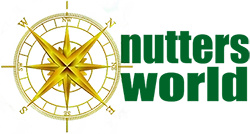Ancient Trade Routes in the Mediterranean
Malta's Earliest Seafarers: Mesolithic Hunter-Gatherer Site Reveals Surprising Long-Distance Mediterranean Sea Travel 8500 Years Ago
New archaeological findings in Malta reveal a Mesolithic hunter-gatherer site dating back 8500 years, demonstrating surprisingly early long-distance seafaring capabilities in the Mediterranean Sea and a unique island ecosystem.
By Nick Nutter on 2025-04-11 | Last Updated 2025-04-11 | Ancient Trade Routes in the Mediterranean
This article has been visited 1,555 times

Latnija, Malta - Mesolithic site. Nature Journal
Groundbreaking Discovery of a Mesolithic Hunter-Gatherer Site in Remote Malta Reshapes Understanding of Early Mediterranean Seafaring
A significant archaeological discovery in 2019 on Malta, a remote island in the heart of the Mediterranean Sea, has dramatically enhanced our understanding of early seafaring in the region. The findings, published in the journal Nature on April 9th, 2025, detail the unearthing of a Mesolithic hunter-gatherer site dating back approximately 8,500 years. This discovery at Latnija challenges previous assumptions about the timing and capabilities of early human travel across the Mediterranean.
Do you enjoy my articles? For your reading pleasure, this website does not carry third party ads. You could help me write more articles by buying me a cup of coffee.
The Latnija Site: Location and Chronological Evidence of Holocene Hunter-Gatherers in Malta
The archaeological site of Latnija is situated in the Mellie?a area of northern Malta, specifically within a large doline. Its location is notable for its proximity to several freshwater sources and a coastline featuring both sandy beaches and rocky shores, providing access to diverse resources. Archaeological and chronological data firmly establish the presence of Holocene hunter-gatherer populations on the Maltese islands from around 8.5 thousand years ago (ka) to approximately 7.7 ka. This early occupation predates previously known Neolithic settlements by a significant margin.
Evidence of Early Long-Distance Seafaring: Reaching Malta 100 Kilometres from Sicily
The presence of a Mesolithic hunter-gatherer community on Malta around 8,500 years ago provides compelling evidence for surprisingly early long-distance seafaring in the Mediterranean. Given Malta's island configuration and the sea levels of the time, reaching the archipelago would have necessitated sea voyages of approximately 100 kilometres from Sicily. This remarkable feat highlights the advanced seafaring capabilities of these late European hunter-gatherers.
Distinct Mesolithic Lithic Technology at Latnija: Simple Tools for Immediate Needs
The Latnija site has yielded a total of 64 lithics, or knapped stone tools, from the Mesolithic Horizon deposits. With the exception of a single chert artefact, all the stone tools were crafted from locally sourced limestone, primarily obtained as beach cobbles or pebbles, with some material from terrestrial outcrops. The Mesolithic lithic assemblage is characterized by a focus on simple flakes produced using hard hammer percussion. These were predominantly squat and often cortical flakes with unidirectional dorsal scar patterns. Notably, cores, blades, bladelets, and retouched tools are rare within this assemblage.
Comparison of Lithic Technology: Contrasts with Sicily and Similarities with Sardinia
The lithic material from Latnija exhibits distinct characteristics when compared to other regions:
Sicily and Adjacent Areas: Penecontemporaneous Mesolithic assemblages from Sicily and nearby areas typically display complex technologies and geometric forms, such as trapezes. The simple flake-based technology of the Latnija assemblage stands in stark contrast to this sophisticated approach.
Sardinia:Interestingly, the lithic material from Latnija shows the closest resemblance to relatively expedient Mesolithic lithic technology found in Sardinia.
Several factors might explain the simplicity of the Latnija lithic assemblage, including the poor quality of the locally available limestone, an emphasis on expediency for quickly produced tools for immediate tasks, and potentially demographic factors such as a small and isolated population. The reliance on local limestone and simple flaking techniques distinguishes the Latnija Mesolithic tool technology from later Neolithic assemblages in Malta, which are characterized by the use of chert (both local and imported) and small amounts of imported obsidian.
Subsistence Strategies of Malta's Earliest Inhabitants: Exploiting Diverse Land and Marine Resources
The Latnija site offers significant insights into the diet and subsistence strategies of Malta's Mesolithic inhabitants, revealing a strong reliance on both terrestrial and marine resources.
Exploitation of Land Animals: Red deer ( Cervus elaphus) formed a dominant part of their diet, alongside smaller numbers of reptiles (turtles and tortoises) and potentially suid (pig-like animals) and foxes.
Use of Marine Resources: These hunter-gatherers extensively utilized a variety of marine resources, evidenced by the large quantities of marine gastropods, particularly Phorcus turbinatus (a type of sea snail, around 10,000 shells), as well as limpets, fish (like groupers), crustaceans (crabs), echinoderms (sea urchins), and even marine mammals like seals. This significant engagement with marine resources is unparalleled in later periods in Malta.
Avifauna Exploitation: Bird remains indicate that avifauna also contributed to their sustenance on the small island.
Evidence of Food Processing: Approximately 25% of the studied faunal remains showed signs of burning or charring, indicating the use of fire in food preparation. Other anthropogenic traces, such as probable percussion notches and green fracturing on bones, suggest butchery practices.
Plant Use: Archaeobotanical analyses revealed the presence of various wild flora, including abundant C3 grasses (grasses that are particularly nutritious), pollen suggesting open shrub vegetation, and macrobotanical remains of small wild herbaceous plants. Charcoal analysis indicates the use of shrubby vegetation for fuel. The presence of Mediterranean fan palm phytoliths suggests its potential use as fuel.
Implications of the Discovery: Challenging Existing Notions and Suggesting Broader Mediterranean Con
The findings at the Latnija site significantly challenge existing notions about the limitations of hunter-gatherer sea travel and indicate a human-influenced island ecosystem predating the Neolithic period in Malta. The demonstrated seafaring capabilities of these early inhabitants, necessary to reach Malta from Sicily, suggest the possibility of broader and earlier connections across the Mediterranean region than currently recognized. The unique subsistence practices, with a strong emphasis on marine resources, further differentiate this Mesolithic community from later agricultural societies in Malta. This discovery underscores the ingenuity and adaptability of early human populations in navigating and exploiting island environments.
References
Eleanor M. L. Scerri et al., Hunter-gatherer sea voyages extended to remotest Mediterranean islands, Nature (Published online: 09/04/2015. Downloaded 11/04/2025), https://doi.org/10.1038/s41586-025-08780-y
Do you enjoy my articles? For your reading pleasure, this website does not carry third party ads. You could help me write more articles by buying me a cup of coffee.
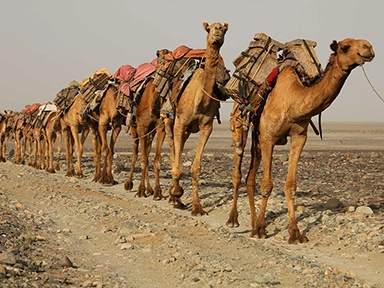 1: Overland Trade Routes to the Mediterranean
1: Overland Trade Routes to the Mediterranean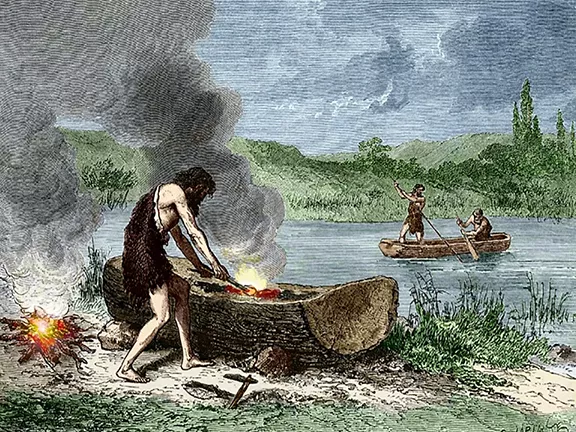 2: First Voyages on the Mediterranean Sea
2: First Voyages on the Mediterranean Sea 4: Neolithic Maritime Networks
4: Neolithic Maritime Networks 5: Bronze Age Maritime Networks in the Mediterranean
5: Bronze Age Maritime Networks in the Mediterranean 6: Morocco to Iberia during the Bronze Age
6: Morocco to Iberia during the Bronze Age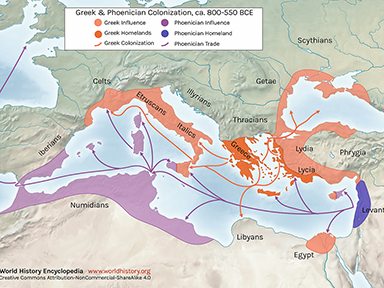 7: Areas of Influence Mesolithic to Romans
7: Areas of Influence Mesolithic to Romans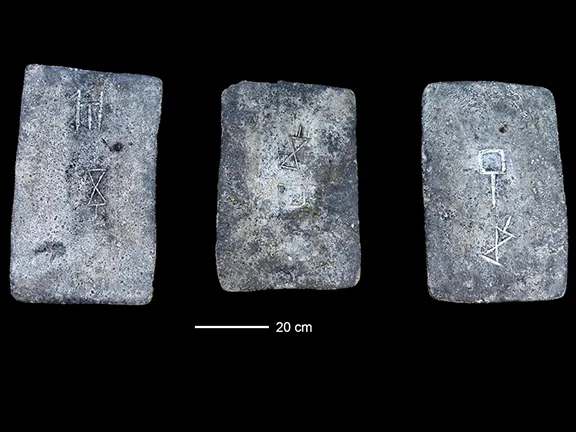 8: The Tin Roads
8: The Tin Roads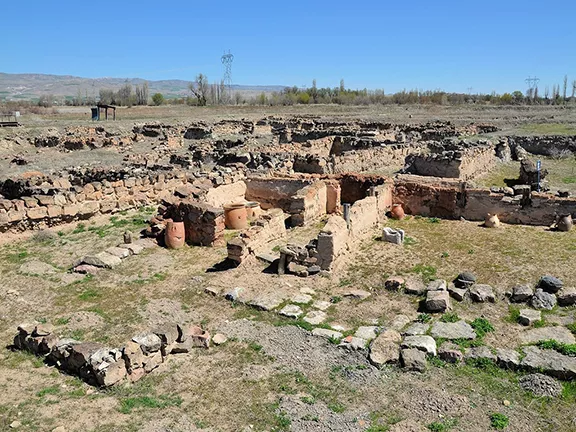 9: The Karum of Kanesh c 1920 - 1850 BC
9: The Karum of Kanesh c 1920 - 1850 BC 10: Mediterranean Bronze Age Economies
10: Mediterranean Bronze Age Economies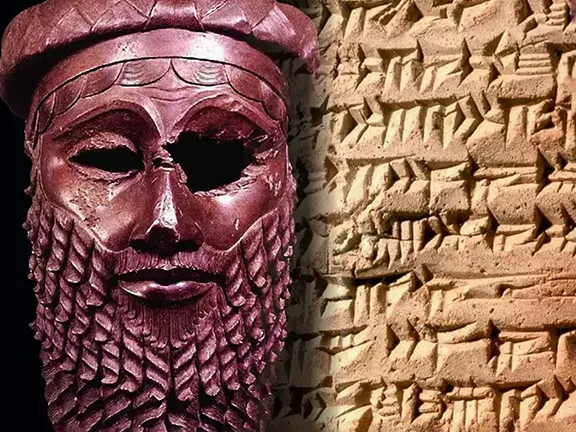 11: Postal Services during the Bronze and Iron Ages
11: Postal Services during the Bronze and Iron Ages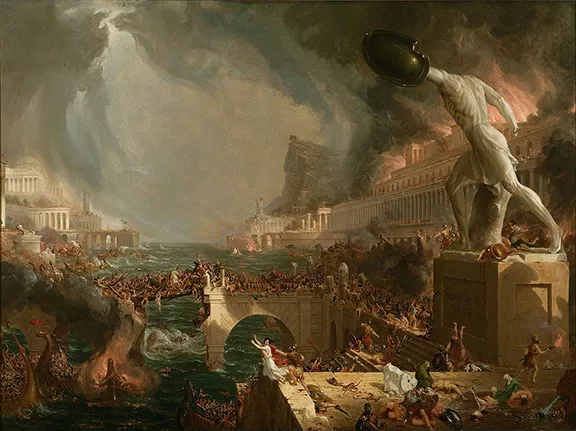 12: The Start of Mediterranean Trade Wars
12: The Start of Mediterranean Trade Wars 13: The Voyage of Wenamun c 1075 BC
13: The Voyage of Wenamun c 1075 BC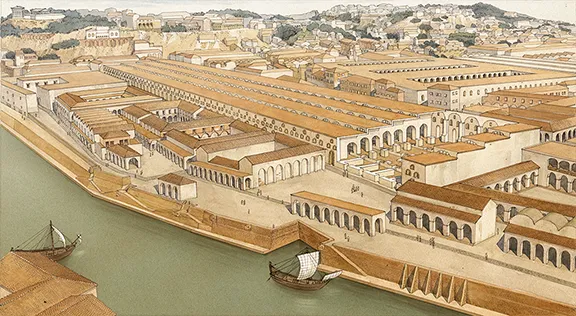 14: From Trading Post to Emporium
14: From Trading Post to Emporium 15: The Greek Emporium of Thonis-Heracleion
15: The Greek Emporium of Thonis-Heracleion 16: The Greek Emporium of Naukratis
16: The Greek Emporium of Naukratis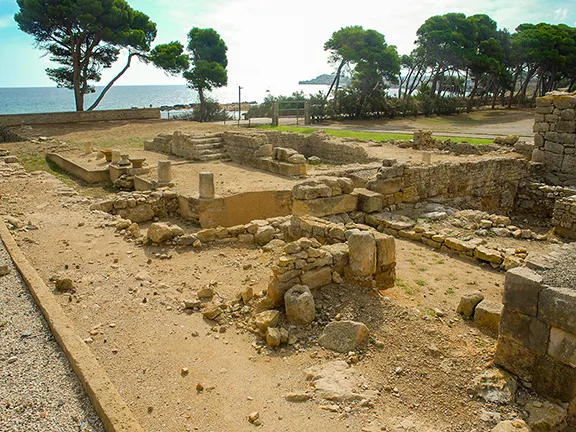 17: The Greek Emporium of Empuries
17: The Greek Emporium of Empuries 18: Canopus in Ancient Egypt
18: Canopus in Ancient Egypt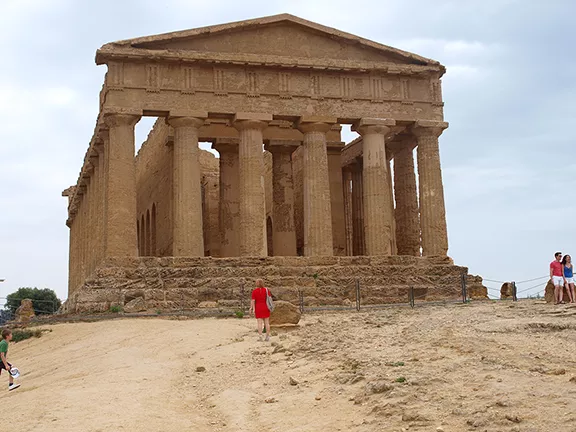 19: The First Trade Wars 580 - 265 BC
19: The First Trade Wars 580 - 265 BC 20: Exploring new Trade Routes with Pytheas
20: Exploring new Trade Routes with Pytheas 21: Corinthian Helmet Distribution
21: Corinthian Helmet Distribution